Spheron Architects argues for the value of emotion in architecture
The world is changing and architecture is adapting, and a new wave of young practices in London emerges. They are armed with bold ideas, digital tools, new studio set ups and innovative designs and approaches. In our Next Generation series, join us in hailing this nexus of exciting studios from the UK capital through an ongoing series of weekly profiles. Tszwai So and Samuel Bentil-Mensah of Spheron Architects make an argument for bringing back emotion into the design process in architecture.
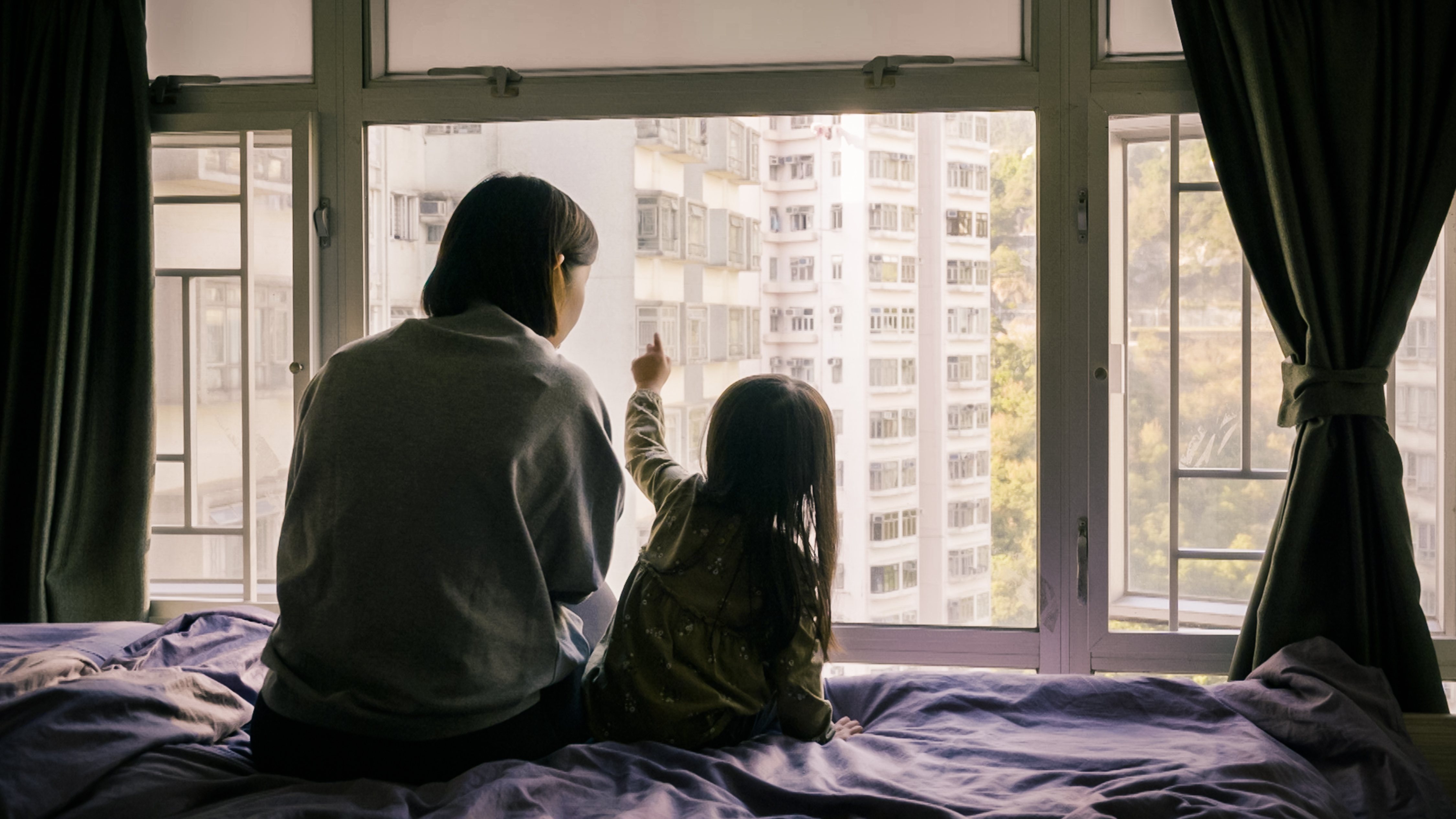
If you ask Tszwai So, London-based architect and one half of boutique studio Spheron, to talk about his work, it won't take long before the discussion turns to the subject of emotion. It is an area that So, who set up Spheron in 2011 with Samuel Bentil-Mensah (the technical director to So's creative lead) feels passionate about.
‘I cannot agree more with the remark Malcolm Gladwell once made, when he was addressing an audience from the real estate industry, that ‘we very often gloss over the emotional and psychological implications of what you are doing (creating the built environment), but the built environment matters not just on some kind of practical or economic or aesthetic level, but it matters in the way that is intimate to the way people navigate their own lives…’, he explains. ‘Emotional intelligence is perhaps too often disregarded in architectural training in favour of abstract intellectual reasoning, a design that would win architects over does not necessarily move people’s hearts.'
Spheron, a five-people-strong outfit seeks to address this. The studio's work ranges from housing to commercial, cultural and religious projects, and spans the small and the larger scale. They have constructed London’s only wooden church for the Belarusian diaspora community – a 2017 completion they consider a breakthrough one for the practice. They are currently working on residential work and building the new headquarters for the world’s oldest specialist in vintage Rolls Royce and Bentley cars.
The common thread in all is a sensitive approach that places the understanding – both through logic and emotion – of the context of each commission, to result in a design that is ‘emotionally engaging.' This, explains So, is more about nuances and complexities in all levels within the conceptual solution, rather than the design per se.
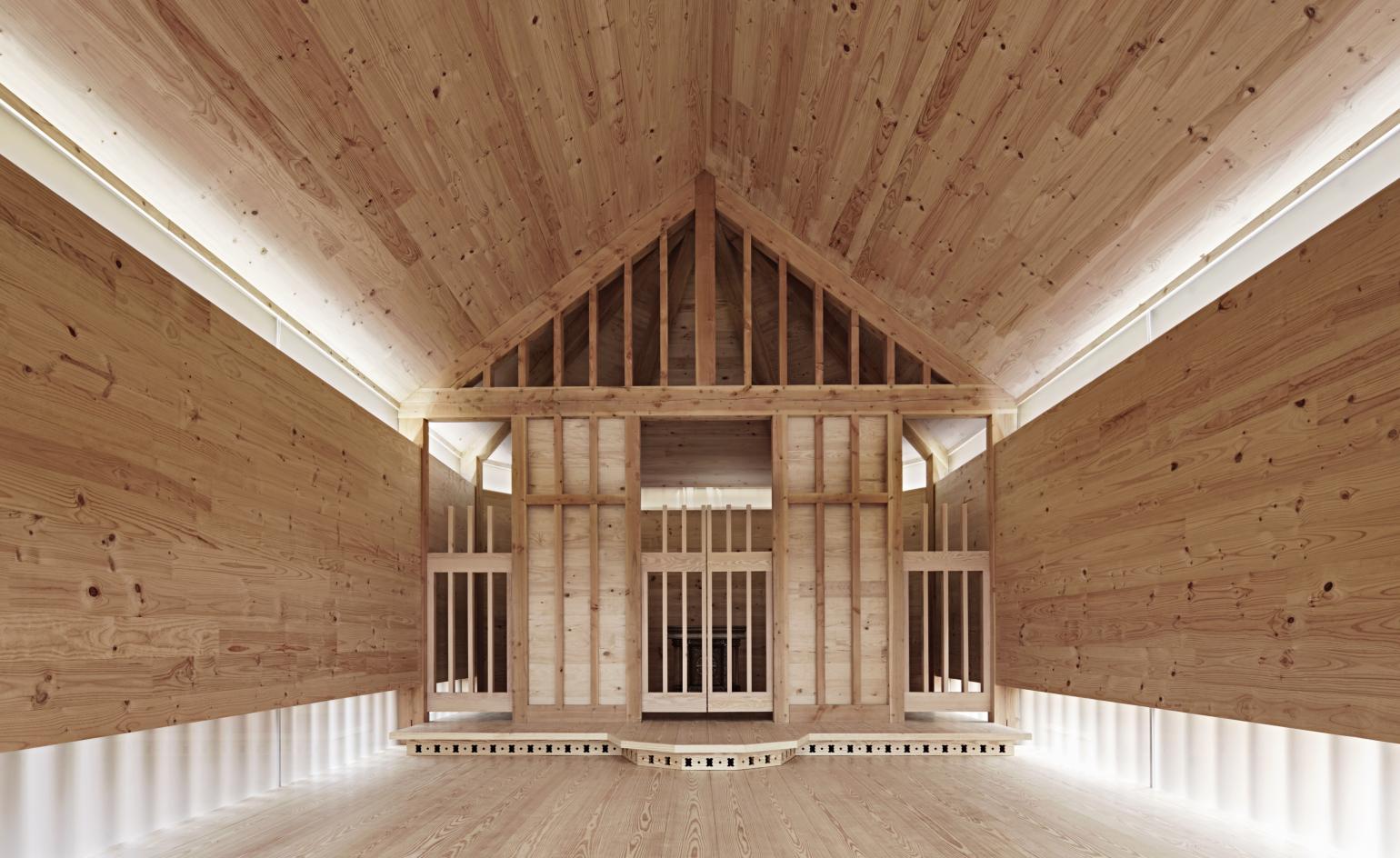
Belarusian Memorial Chapel. Photography: Joakim Boren
One of their most recent works is the design for EU’s first ever Pan-European Memorial for ‘all victims of 20th century Totalitarianism'. Called An Echo in Time, it was conceived around the letters written by those affected to their loved ones, drawing on their powerful emotional impact. The scheme, the result of an open competition, is set to be built at the Jean Rey Square in Brussels. The carefully selected letters will be enlarged and permanently embedded within new paving slabs, encouraging passers-by to read them.
The studio's explorations in emotional life, notions of collective memory and human relationships are key to each and every undertaking, combined with appropriate research and a strong site specific approach tailored to their clients – ‘I always try to resist any preconceived ideas and to repress my ego at the beginning of each project,' says So.
RELATED STORY
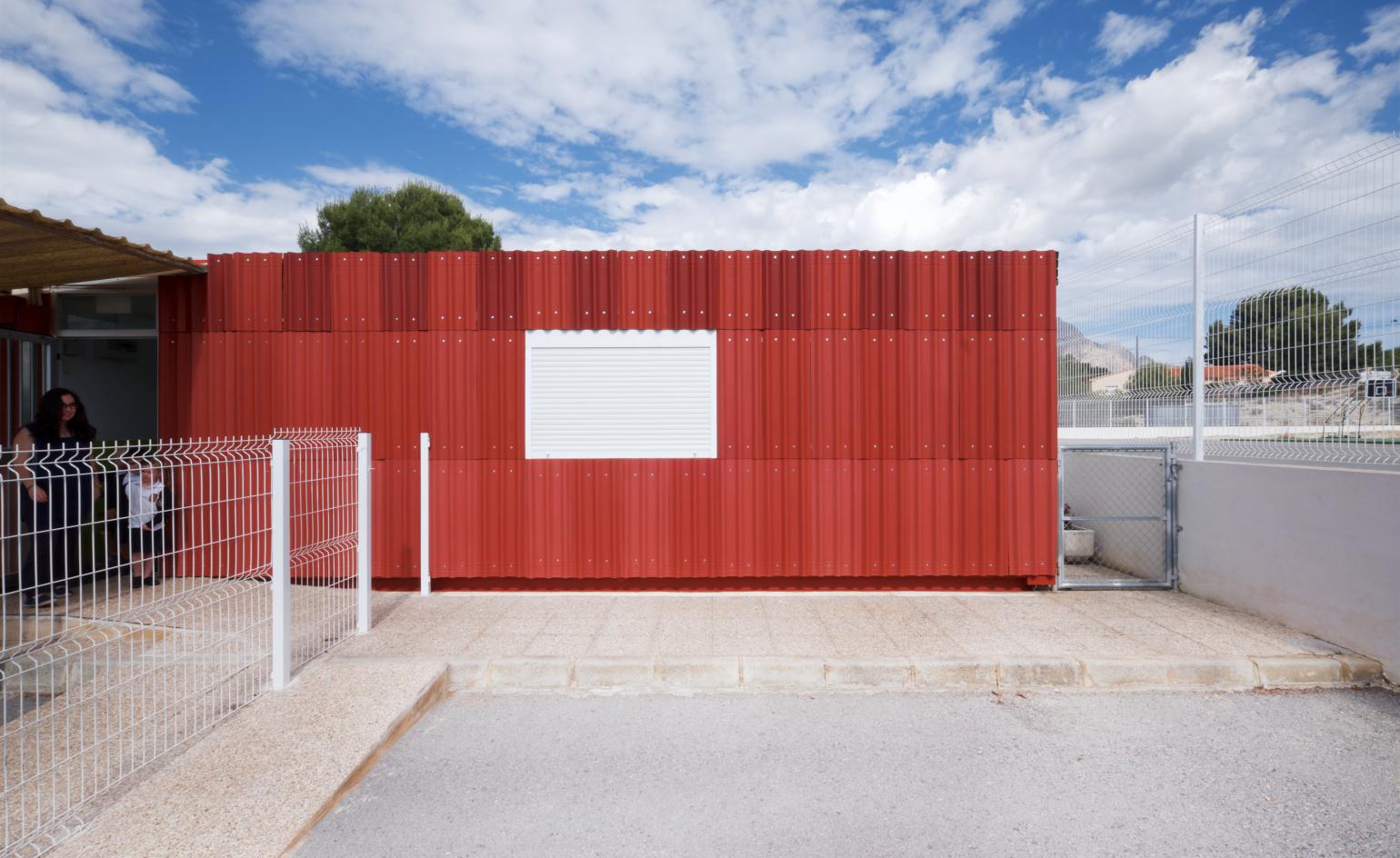
‘Our body of work is primarily concerned with the subjective connection between human emotions and the built environment, and a lot of this relationship is linked to memory and identity,' he adds. ‘We believe that fundamental architectural drivers, function and sustainability, must be joined by emotion. This is not just an appeal to aesthetics, which has been hijacked in the past by utilitarianism and commercial expediency. We therefore avoid a signature style of recurring visual attributes, instead approaching the task of design with a view to instilling buildings with meaning, with human resonance.'
An active member of the architecture community beyond building, So is also involved in filmmaking, curatorship, teaching and writing about architecture. Most recently he teamed up with architectural critic and author Herbert Wright to submit a proposal for the theme and curation of the 2022 Talin Architecture Biennale – they ended up among the five shortlisted proposals.
‘We call ourselves the ‘Emotionalists’, we believe in creating art and architecture based on the supremacy of human emotions, responding directly to the potentially existential challenge of digitalisation,' says the architect. The Tallinn proposal may not have been selected as the winner, but So's quest to expand on themes of home, human emotion and the built environment continues in an upcoming film: E-motion-Al City. Made in collaboration with Hong Kong conglomerate the Chinachem Group, the art film is planned to debut at the Venice Biennale of Architecture 2021.
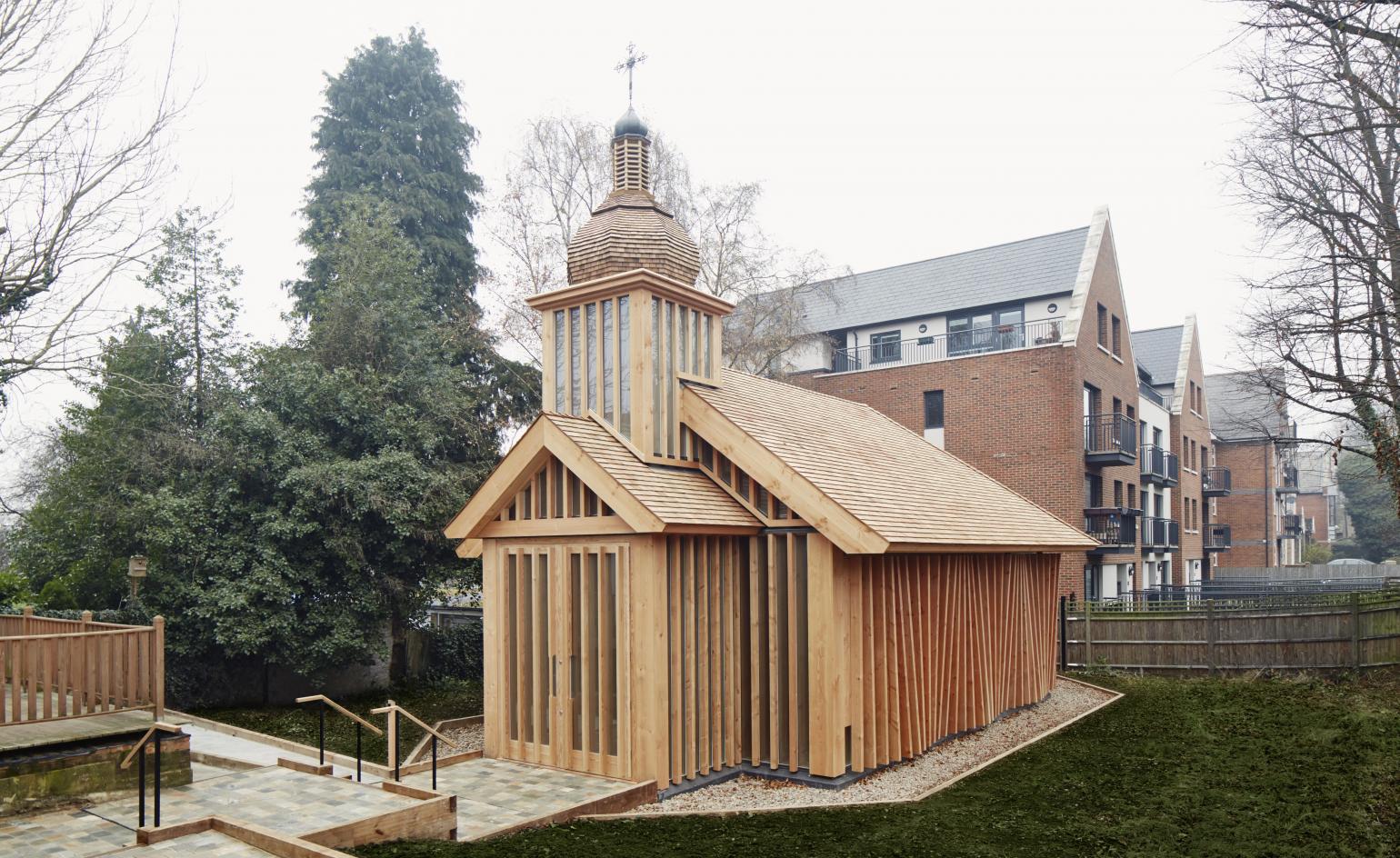
Belarusian Memorial Chapel. Photography: Joakim Boren
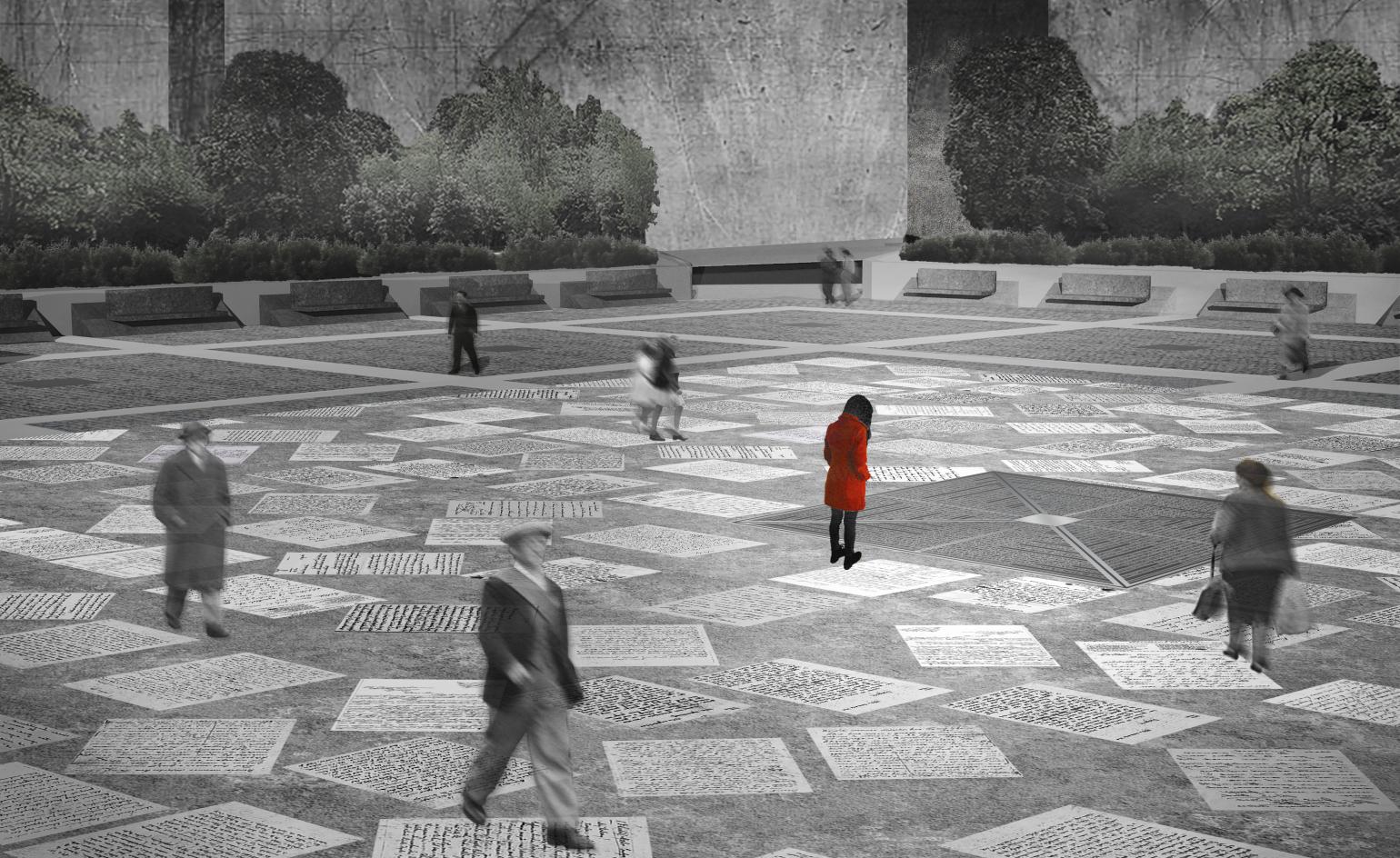
An Echo in Time memorial

E-motion-Al City film still
INFORMATION
Wallpaper* Newsletter
Receive our daily digest of inspiration, escapism and design stories from around the world direct to your inbox.
Ellie Stathaki is the Architecture & Environment Director at Wallpaper*. She trained as an architect at the Aristotle University of Thessaloniki in Greece and studied architectural history at the Bartlett in London. Now an established journalist, she has been a member of the Wallpaper* team since 2006, visiting buildings across the globe and interviewing leading architects such as Tadao Ando and Rem Koolhaas. Ellie has also taken part in judging panels, moderated events, curated shows and contributed in books, such as The Contemporary House (Thames & Hudson, 2018), Glenn Sestig Architecture Diary (2020) and House London (2022).
-
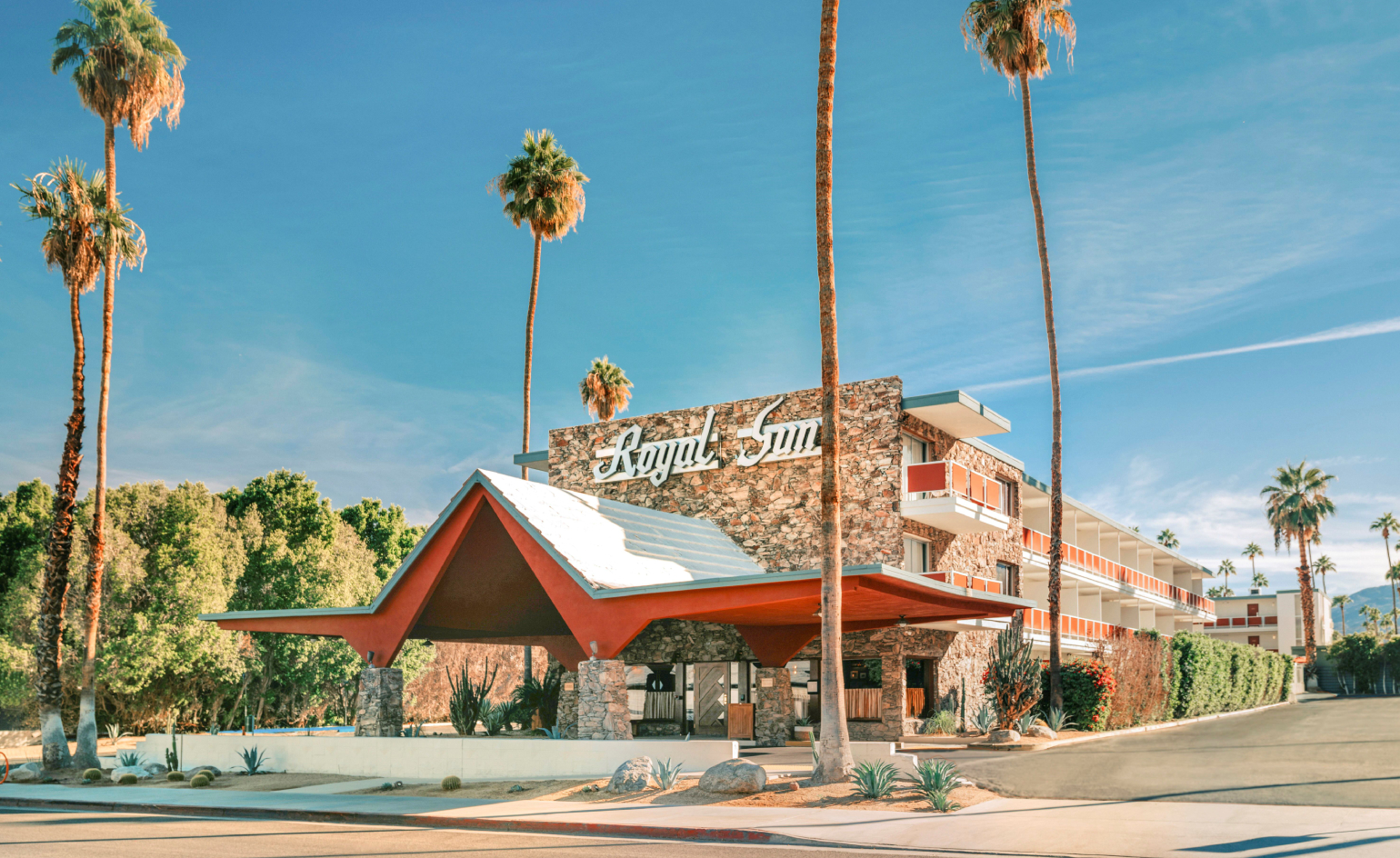 Seven things not to miss on your sunny escape to Palm Springs
Seven things not to miss on your sunny escape to Palm SpringsIt’s a prime time for Angelenos, and others, to head out to Palm Springs; here’s where to have fun on your getaway
By Carole Dixon
-
 Microsoft vs Google: where is the battle for the ultimate AI assistant taking us?
Microsoft vs Google: where is the battle for the ultimate AI assistant taking us?Tech editor Jonathan Bell reflects on Microsoft’s Copilot, Google’s Gemini, plus the state of the art in SEO, wayward algorithms, video generation and the never-ending quest for the definition of ‘good content’
By Jonathan Bell
-
 ‘Independence, community, legacy’: inside a new book documenting the history of cult British streetwear label Aries
‘Independence, community, legacy’: inside a new book documenting the history of cult British streetwear label AriesRizzoli’s ‘Aries Arise Archive’ documents the last ten years of the ‘independent, rebellious’ London-based label. Founder Sofia Prantera tells Wallpaper* the story behind the project
By Jack Moss
-
 An octogenarian’s north London home is bold with utilitarian authenticity
An octogenarian’s north London home is bold with utilitarian authenticityWoodbury residence is a north London home by Of Architecture, inspired by 20th-century design and rooted in functionality
By Tianna Williams
-
 What is DeafSpace and how can it enhance architecture for everyone?
What is DeafSpace and how can it enhance architecture for everyone?DeafSpace learnings can help create profoundly sense-centric architecture; why shouldn't groundbreaking designs also be inclusive?
By Teshome Douglas-Campbell
-
 The dream of the flat-pack home continues with this elegant modular cabin design from Koto
The dream of the flat-pack home continues with this elegant modular cabin design from KotoThe Niwa modular cabin series by UK-based Koto architects offers a range of elegant retreats, designed for easy installation and a variety of uses
By Jonathan Bell
-
 Are Derwent London's new lounges the future of workspace?
Are Derwent London's new lounges the future of workspace?Property developer Derwent London’s new lounges – created for tenants of its offices – work harder to promote community and connection for their users
By Emily Wright
-
 Showing off its gargoyles and curves, The Gradel Quadrangles opens in Oxford
Showing off its gargoyles and curves, The Gradel Quadrangles opens in OxfordThe Gradel Quadrangles, designed by David Kohn Architects, brings a touch of playfulness to Oxford through a modern interpretation of historical architecture
By Shawn Adams
-
 A Norfolk bungalow has been transformed through a deft sculptural remodelling
A Norfolk bungalow has been transformed through a deft sculptural remodellingNorth Sea East Wood is the radical overhaul of a Norfolk bungalow, designed to open up the property to sea and garden views
By Jonathan Bell
-
 A new concrete extension opens up this Stoke Newington house to its garden
A new concrete extension opens up this Stoke Newington house to its gardenArchitects Bindloss Dawes' concrete extension has brought a considered material palette to this elegant Victorian family house
By Jonathan Bell
-
 A former garage is transformed into a compact but multifunctional space
A former garage is transformed into a compact but multifunctional spaceA multifunctional, compact house by Francesco Pierazzi is created through a unique spatial arrangement in the heart of the Surrey countryside
By Jonathan Bell